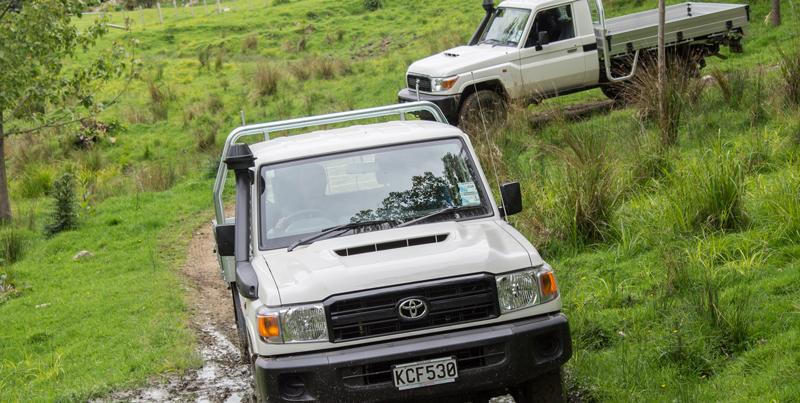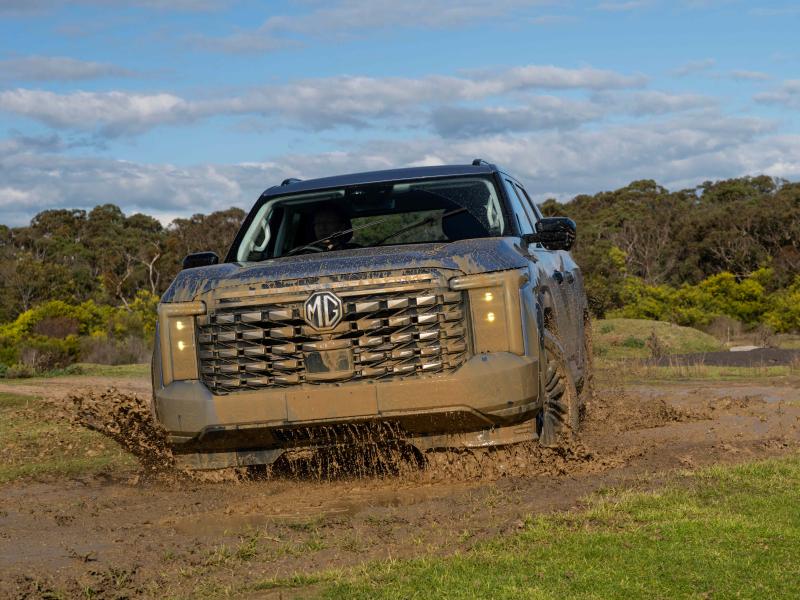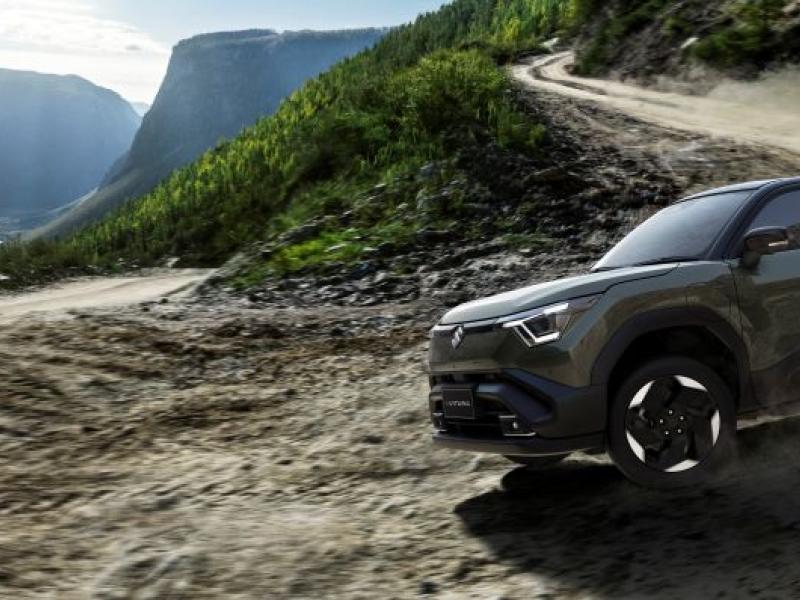The 70 series is what Toyota classifies as its ‘Heavy Duty’ Land Cruiser line, distinguishing it from its ‘Station Wagon (60, 80, 100 & 200) and ‘Light Duty’ (70, 9, 120 & 150 Prado) lines.
There’s real heritage in both the name and lineage, the 70 Series still carrying ethos and design DNA from the original ‘Jeep BJ” model Toyota produced for the United Nations in 1951 and the first 20 series ‘civilian’ model ‘Land Cruiser’ in 1954.
The ‘Heavy Duty’ tag is relevant here for several reasons, the key one being the use – motivated in large part by Toyota NZs own marketing - of various Hilux ute models for tough, uncompromising tasks.
As demand for 4x4 double cab utes like Hilux has increased – and the buyer profile broadened – there has been an inevitable softening of the focus. Which has been great for urban tradies and lifestylers. Not so for farmers, run-holders, and rural-based contractors.
Unless, their Toyota dealer has steered them in the direction on an LC 70.
Price is always going to be an issue here. Even the most basic (LT-spec) single-cab/chassis model has an RRP of $75,780 to which you have to add at least $4K for a tray and around $1K for a tow bar and associated wiring.
But if you are serious, and it’s your work vehicle (and therefore a tax-deductible expense), it is more about fitness-for-purpose than fashion. Who else, for instance makes a ladder chassis, dual-range 4x4 with a 5-speed (manual only) transmission, dual-range transfer case and big, lazy turbocharged diesel V8?
I drove both LT and LX models at the a launch in the Manawatu in November last year, and an LT double cab in February this year.
First impressions are of size – it’s a long, tall, imposing albeit not really intimidating, beast – and, once you have climbed (literally) up and into the cabin, and settled in a quaintly old-fashioned, working vehicle charm.
You sit, tall, and upright in a large, firm but ‘long-hours-in-the-saddle-comfortable’ driver’s ‘chair’ and see watch the world unfold in front of you through a tall, upright, virtually flat windscreen.
LC-spec also means vinyl rather than carpet on the floor and a plain, old urethane (rather than leather or at least leather-look & feel) steering wheel.
That said, the key to the revamped ’17 model is in the electronics. Sure you can lock both diffs should you find the need. Way before you do, though, Toyota’s A-TRC (Active Traction Control) system will have been using the ABS sensors to quietly and effectively analyse what grip there is on grass, mud, snow or sand, and divvy up the power and torque across all four wheels accordingly, doing the work, if you like, a mechanical one or two-way LSD might have in the past.
The company’s VSC (Vehicle Stability Control) system does a similar and equally unobtrusive job on the road.
Speaking of which. Road or off-road ride is impressive, given the basic (leaf sprung live axles front and rear. Ride off-road is best described as firm but well damped while the steering retains impressive feel and minimal kick-back.
On the road the (unladen) ride remains a standout (seriously!) with plenty of compliance through the stroke and none of the ‘tip-of-the-spring’ stiffness that makes driving an unladen Hilux such a tippy-toey chore over judder bars, seal ridges and potholes.
The sheer size (length and height mainly)– and with it the super tanker-like 14.4m turning circle – means you have to be careful driving an LC 70 in town. No recirculating ball steering box is as good as a modern rack & pinion set up either and on the road I found myself constantly feeding in slight corrections through the wheel.
Gearing is also biased towards slower general running and though second and fifth gears are now taller the big LC 70 seems most comfortable on the open road at between 90 to 100 km/h. Any more and, well, it just feels like you are out of the thing’s comfort zone.
Which, again, is fine by me because if you want or need to go any quicker you have to work at it. Meaning if you are going to spend more time on the road rather than off it, you would be better off with a Hilux or equivalent.
Even towing my drift car was more of a mixed bag than I was expecting.
While it is hard to imagine an engine better suited to towing a heavy load than Toyota’s 1VD-FTV turbo diesel V8 (I rarely needed to use more than 2000 rpm between Auckland and Taupo and wafted most of the way up the steep southern side of the Bombay Hills on the way home in fourth gear) the standard suspension spec (so impressive off-road and one-up unladen on it) felt just a tad soft, particularly at the rear.
Ride was still impressive, but the steering was even vaguer than when the LC 80 was unladen and I could have also done with a manual headlight level adjustor, to compensate for the combined weight of the car and trailer.
With my son riding shotgun to the drift meet we also found the single front cup holder a bit of an oversight. And, when I went to back the trailer in the car park at the Taupo track I missed the superimposed lines most other reversing camera have.
Overall though, I remained as impressed with the LC 70 after spending time driving it as I was when one first captured my attention….and imagination several years ago now.
It’s definitely not for everyone. But if I was a farmer or rural contractor, and needed a no-nonsense work ‘truck’ I think I know what I’d be driving.
To read every story in the April 2017 issue of NZ4WD go to Zinio.com (March 17) or purchase your own hard copy at the Adrenalin store.






